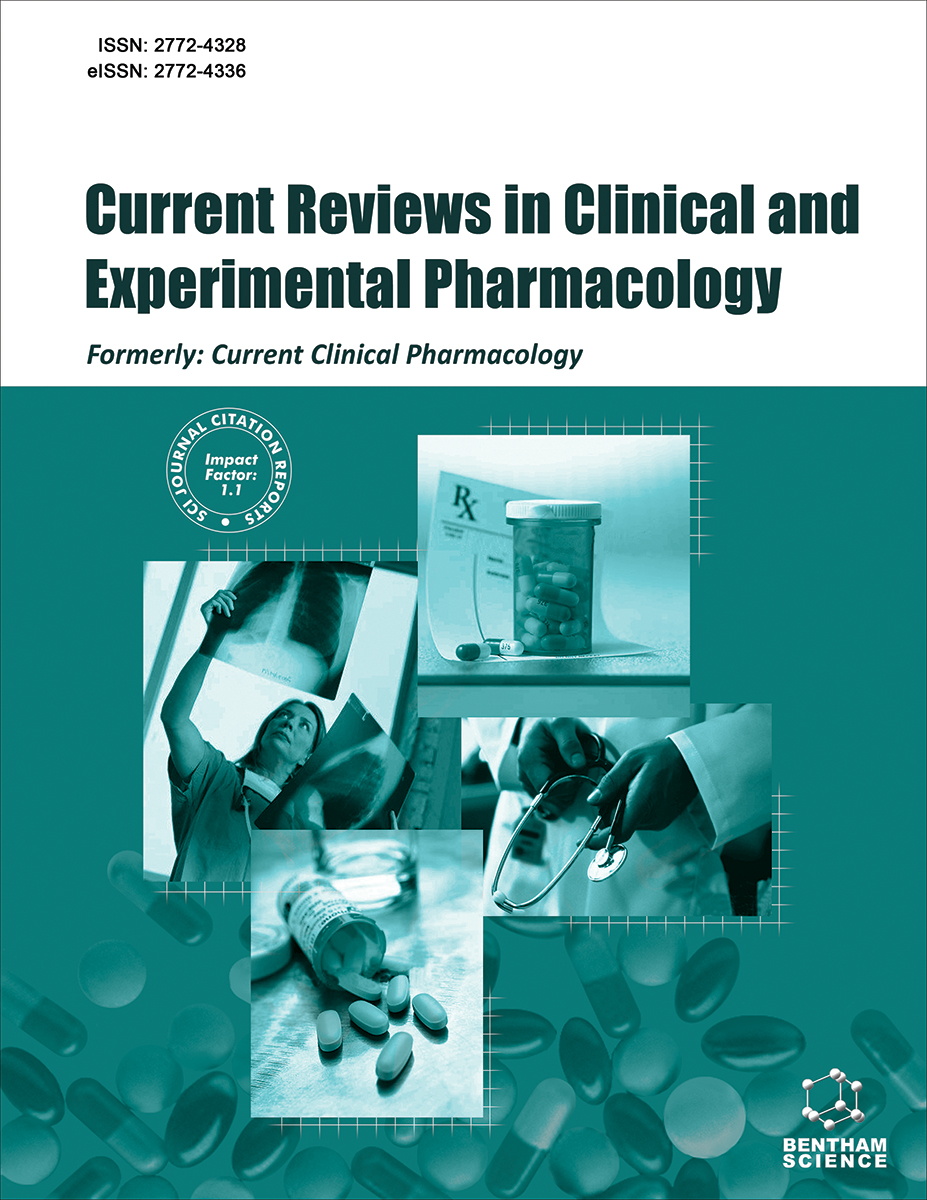
Full text loading...
We use cookies to track usage and preferences.I Understand

Fatty liver disease (FLD) is a well-known metabolic disorder associated with hepatic steatosis and tissue lipid accumulation. Metabolic dysfunction-associated fatty liver disease (MAFLD) is a prevalent and challenging condition that is linked to obesity, diabetes, and other metabolic disorders. MAFLD, previously called NAFLD or nonalcoholic fatty liver disease, is associated with pathological changes in liver tissue. In recent decades, there has been a growing interest in the potential of metformin, a commonly used medication for type-2 diabetes, to help treat MAFLD. Metformin has shown promising potential in treating MAFLD through its ability to modify ferroptosis, a novel form of programmed cell death. In this critical review, we explain the current knowledge about MAFLD, the potential role of ferroptosis in its pathogenesis, and the mechanisms by which metformin may modulate ferroptosis in the context of MAFLD. Additionally, evidence supporting the usage of metformin in treating MAFLD is explained. Overall, this review explains the potential of metformin as a novel therapeutic approach for MAFLD by targeting ferroptosis and provides valuable insights for future research in this area.

Article metrics loading...

Full text loading...
References


Data & Media loading...